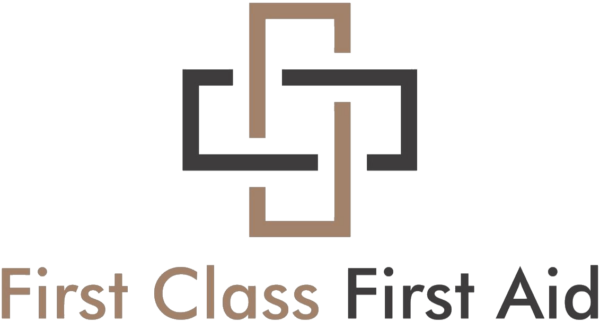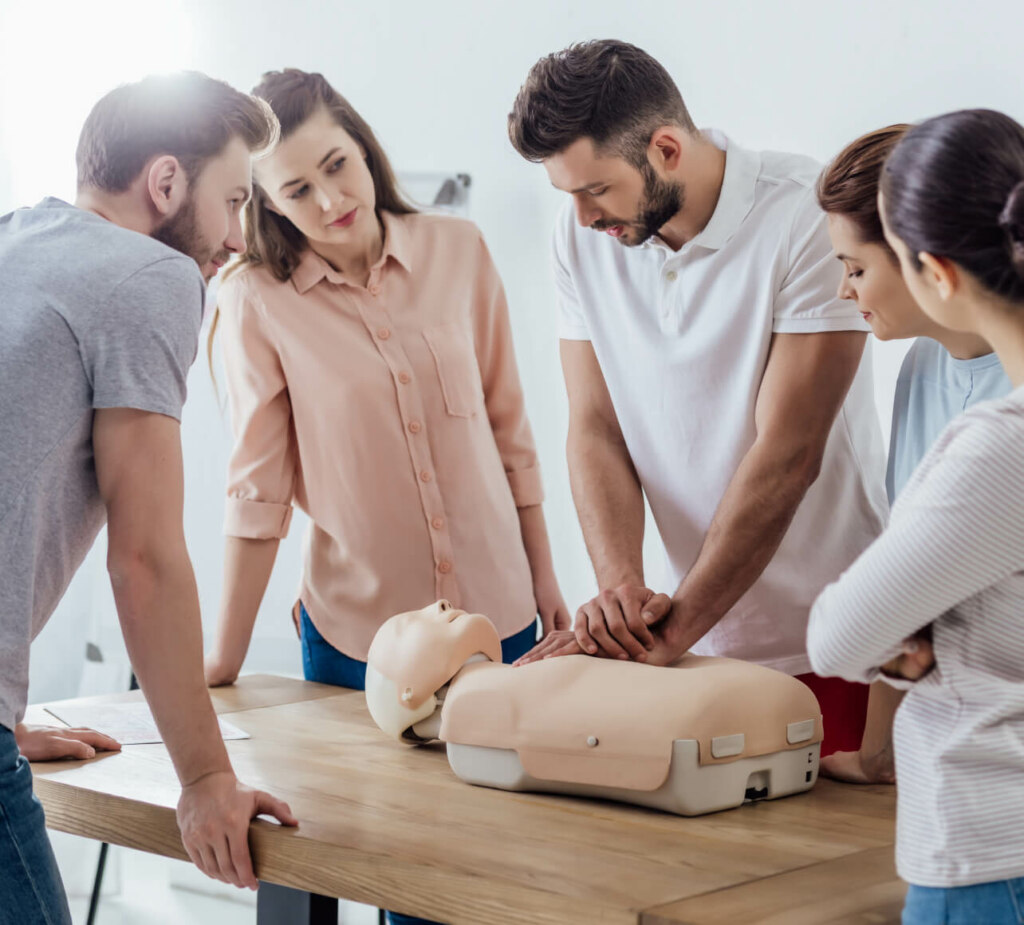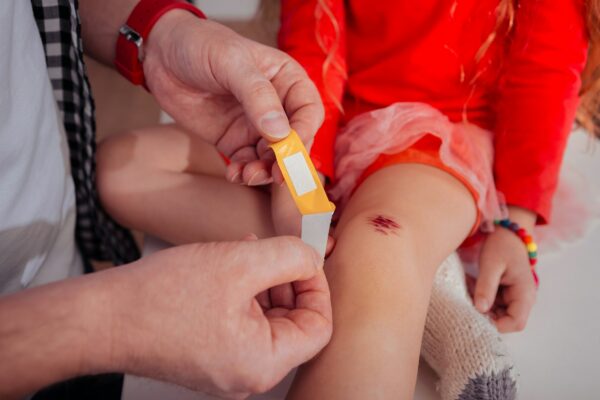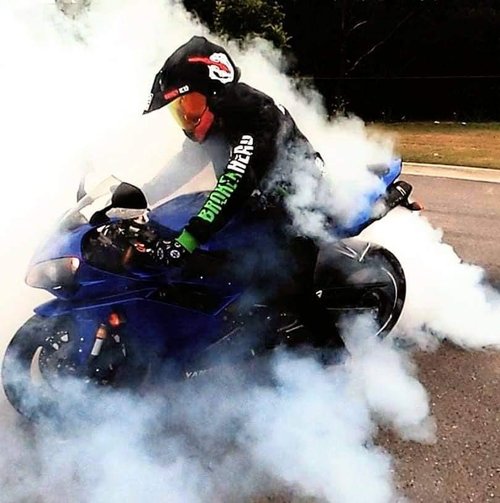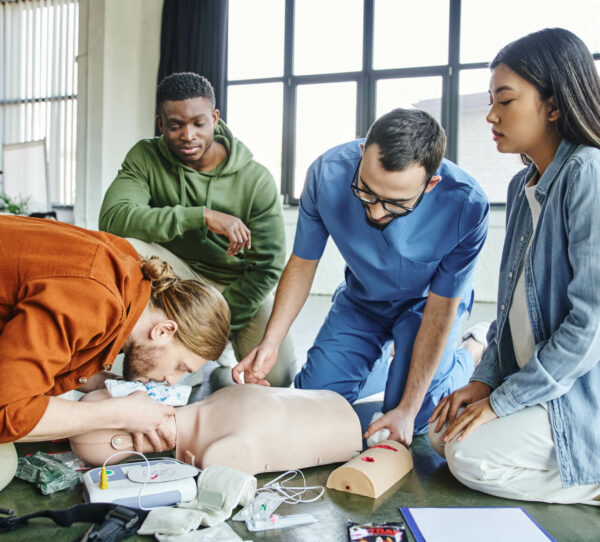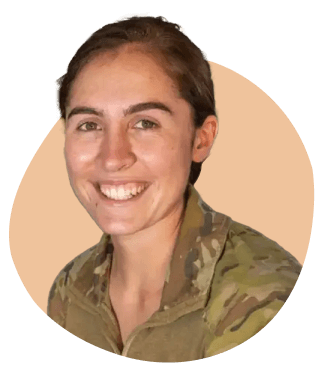There is often a lot of confusion when practicing the primary survey, where students tend to observe if the patient is breathing prior to checking to ensure their airway is free from obstruction first. Sometimes learners get confused and associate checking airway and breathing as the same thing – which it is not. Missing this step in the primary survey can be problematic due to the airway being the pathway to your lungs.
Case Study – the Adult Airway:
A 24-year-old female was brought to an ambulance at approximately 1430 in the day during a high-intensity exercise.
D- Clear
R- Unresponsive
S- Treatment Team notified, evacuation asset raised
A – The woman happened to be chewing a lolly at the time she fell unconscious – her airway was not clear
I then rolled her into the recovery position and dislodged the lolly before continuing on to check breathing. Had this lolly been missed, it could easily have lodged further down her airway and become a blockage.
If the airway becomes or is already blocked, then the patient’s breathing will be impacted, hence the reason checking the airway takes precedence in the primary survey[1]. To observe an airway efficiently on the first assessment of the patient, using the trigger manipulation without chin lifting/head tilt is ideal for First Aiders. Often, you won’t have suction available (or the training to use it) and tilting the head back will encourage a foreign body to occlude the airway initially.
Once you’ve observed the airway and have identified a potential threat to its’ patency, rolling the patient into the recovery position is the recommended procedure (1 ARC) before reassessing and tilting the head/lifting the chin in an adult.
In an infant, it is never recommended to tilt the head/lift the chin due to the risk of an airway occlusion[2]. An infant airway is shaped like a funnel which has a small diameter[3] making it easier to block.
To appropriately assess an infant’s airway as a First Aider, simply lower the chin and observe is reasonable. Infant’s have narrower, more bendy airways. Due to the nature of their airway, picking up and supporting the infant in a neutral spinal position, laying on their side in your arms and supporting their neck/airway is the recommended recovery position. If you attempt to roll an infant into the recovery position, you risk blocking their airway because it is so soft and vulnerable.
Here is an analogy to help clarify:
A similar system would be considering that when you’re drinking your milkshake through a straw – if the straw is blocked you may not get as much drink as you would like. If your airway is blocked, you won’t get as much air as your would like to breathe with.
We hope this has helped clarify the reasons behind checking your airway and breathing! If you have any further questions or good resources, please share them in the comments below.
[1] Thim, T., Krarup, N. H., Grove, E. L., Rohde, C. V., & Løfgren, B. (2012). Initial assessment and treatment with the Airway, Breathing, Circulation, Disability, Exposure (ABCDE) approach. International journal of general medicine, 5, 117–121. https://doi.org/10.2147/IJGM.S28478
[2] (2022). Retrieved 30 May 2022, from https://resus.org.au/download/section_12/anzcor-guideline-12-1-paediatric-basic-life-support-pbls-nov-2021.pdf
[3] (2022). Retrieved 30 May 2022, from https://resus.org.au/download/section_12/anzcor-guideline-12-1-paediatric-basic-life-support-pbls-nov-2021.pdf
